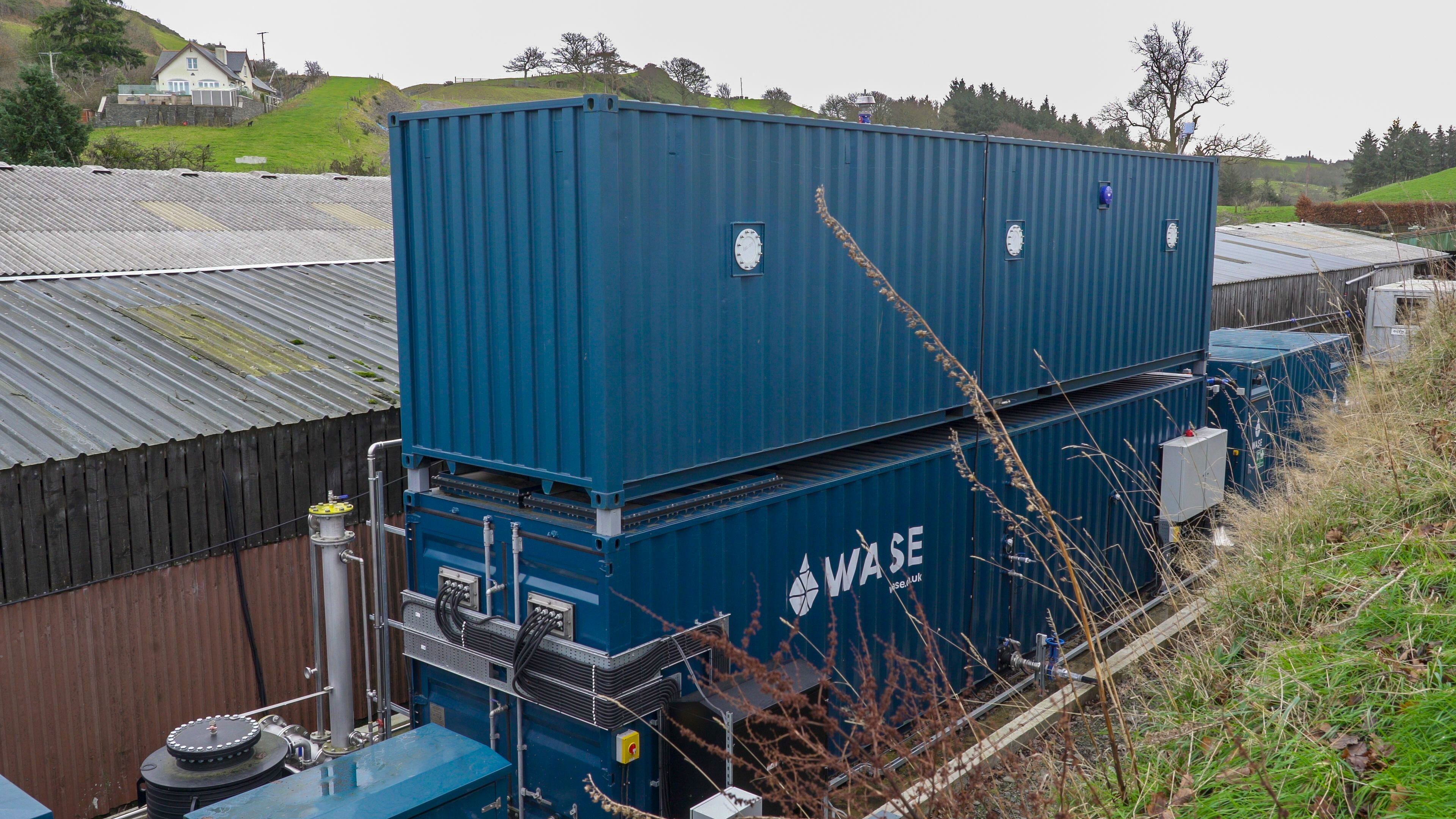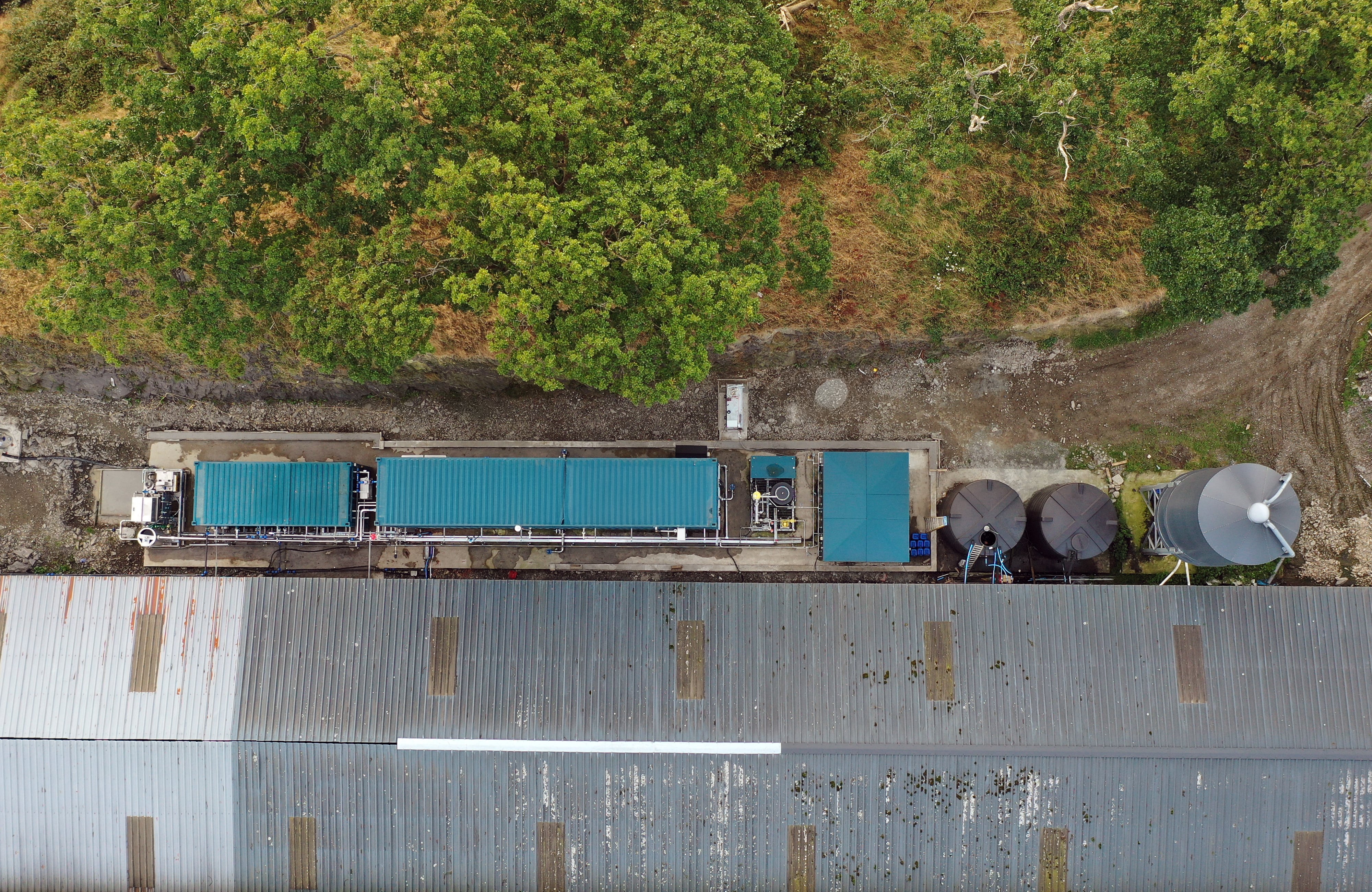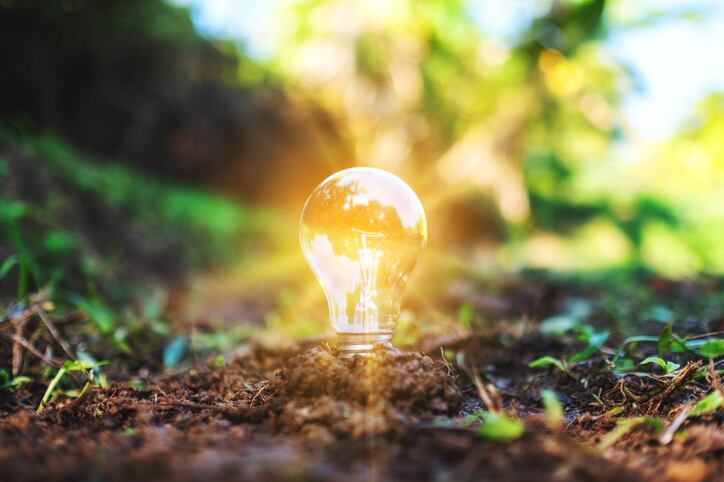Anaerobic digestion may not be a new concept, but innovation around scalability, valorisation and efficiency continues to be paramount in this space as food and agriculture businesses race to reduce their environmental footprint.
And it’s not just about corporate ESG – businesses from dairies to distilleries may face hefty fines if wastewater or slurry is discharged improperly and ends up polluting the environment.
For the most part, wastewater management is elaborate and costs can vary based on what’s being purified.
On a dairy plant, wastewater treatment systems typically involves pre-treatment to remove fat and adjust pH; an anaerobic process to decrease organic load, and the use of membrane systems to recover water for re-use.
Distilleries implement a similar process while also facing the unique challenge to address heavy metal content that naturally occurs during distillation.
Unlocking a more efficient alternative to traditional anaerobic digestion is thus something many would be keen to embrace – particularly if the ROI is appealing.
This is the kind of solution British start-up Wase has been exploring since 2017 – and company co-founder Tom Fudge tells us the firm now has a scalable, deployable option from businesses from small to large.
‘Like FitBit – but for bacteria’
The system treats wastewater up to 10 times faster than traditional digesters while capturing biogas with a higher methane concentration than a typical digester. At its heart are electrically-active microbes: unique bacteria that feast on organic waste and generate electricity.
“They generate an electrical current and we use that to drive certain chemical reactions,” Fudge told us. “We can then start generating hydrogen ions and convert the carbon dioxide fraction of the biogas into methane. We then get higher quality methane content within our gas.”
“These microbes are quite unique – they’re quite pretty robust and can operate at low temperatures; they can eat a lot faster throughout the process. And because they generate an electrical current, it’s a bit like a FitBit, but for bacteria – the current will rise or drop based on how active they are. To track this, we’ve then got an AI software platform that integrates over the SAP that measures this current.”
Fudge holds an MSc in Sustainability, Entrepreneurship & Design and a PhD from Brunel University London. He set up Wase in 2017 alongside Llyr Williams and William Gambier two months into his PhD. Initially, the solution was oriented towards sanitation, the firm partnering with UN World Food Programme to introduce it at refugee camps globally. But the pandemic put a spanner in the works.
“Working on projects internationally [during a pandemic] was a bit of a challenge, so we started to look at food and beverage and agriculture,” Fudge explained.
“Anaerobic digestion is not utilised in every single case – there’s a lot of feedstocks that are not economically viable to generate energy from, because they don’t have the energy density or can’t flow the waste through quick enough.
“So we solved that with our solution – you can have really fast flow rates and increase the energy yield.”
Wase’s system is easy to implement and offers good ROI, we were told. “It’s not very energy-intensive,” Fudge explained. “We generate more energy from the waste than we ever utilise from the process – and it’s the same for really dilute liquid wastewater streams all the way to high-density concentrates.”
In terms of the cost of installation and specification, it might be ‘comparable or slightly more’ than a traditional wastewater system but there are clear benefits. “The operational costs are lower because you generate energy,” he added. “A lot of typical water treatment systems generate a lot of sludge that can’t be processed on-site – but our solution reduces that. It’s one of the big cost-saving areas.”


In the UK, award-winning brewer Hepworth Brewery is using Wase’s solution to churn wastewater from beer fermentation tanks into energy. The water then flows through a filtration system and is finally discharged back into a local river in West Sussex. The company has also partnered with a 300-head dairy farm and food manufacturer Cook.
In dairy, the system can be used to treat wastewater streams e.g. cheese whey wastewater, or organic waste such as slurry, on-farm. “During our process, we’re able to break down more complex organics. It helps reduce costs, and we know in dairy margins are really tight, so any cost savings can help with profitability.”
There’s also the option to capture methane and turn it into a fuel source – for example, to power biomethane tractors.
The amount of energy generated varies based on the concentration of the organics within, but the result is similar. “We can connect the gas into a boiler; integrate it into a combined heat and power system to provide electricity and heat, and then – for even really big facilities – inject the gas into the grid,” Fudge said. “At large-scale dairies, that is an opportunity for new revenue streams.”
Scaling up
So what’s next? The company has raised around £12m ($16.3m) in funding so far and is opening its next investment round in September while also hoping to obtain a grant to help it quantify the emissions reductions impact of the system.
“We have started procuring our second assembly facility, which will enable us to triple our manufacturing production,” Fudge said. “So we’re really working on scaling up meet the demand that we know is coming.
“We are keen on taking the technology to other markets, look at how it could integrate across Europe, and we’ve been spending quite a bit of time in the US as well. There’s quite a lot of interest from dairy processors - how can that be effectively treated and spread to land really sustainably.
“So overall, by reframing waste as a resource to generate energy, we’re really hoping that we can accelerate development in this area.”

